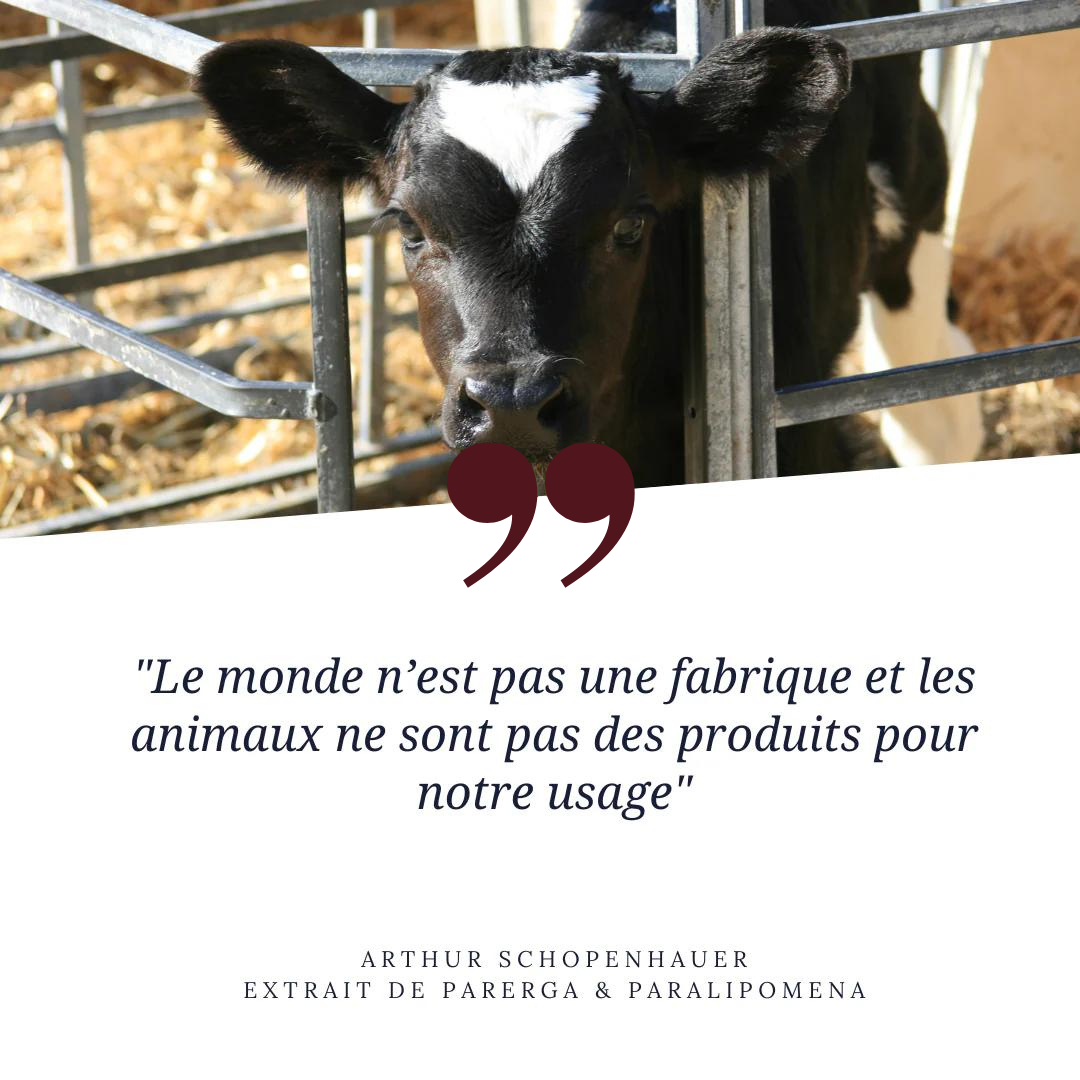How Parerga was born

For this first blog post, I wanted to look back at the genesis of our brand.
L ike many of us, I had become unbearable to know that most farmed animals were crammed together, mistreated and slaughtered in appalling conditions. Like some, I became aware that the skin of these animals tortured in slaughterhouses was not a simple by-product of the food chain and that reducing or stopping meat consumption was therefore not enough. Because the lucrative trade in animal skins allows for reducing the price of meat and the leather industry therefore unambiguously participates in the development of intensive farming.
After a military career of more than 20 years, I wanted to take advantage of my reconversion to work humbly for a cause that was close to my heart. and discovering the alternatives to leather made from fruit, I thought that I had to contribute to the democratization of these innovative materials that are too little known, yet as beautiful and resistant as leather. Contributing to the promotion of these magnificent alternatives, which can and must one day replace leather, had almost become a mission. This is why I wanted to work exclusively with committed creators, who share the same convictions and the same desire to work for a more ethical mode of consumption .
It is also to maintain this spirit of commitment that I decided to donate 5% of our turnover each year to an association working for animal welfare and ecology. The OABA association (Oeuvre d'Assistance aux Bêtes d'Abattoirs) , which works hard to alleviate the pain of our fellow creatures, naturally imposed itself on me.
Beyond animal welfare, the commitment I wanted for Parerga also has an environmental dimension, because if these materials necessarily contain a share of plastic, they remain much less polluting than synthetic and especially less polluting than leather. Traditional leather tanning requires large quantities of toxic products dumped into waterways and this industry is one of the most polluting on the planet.
These are therefore ecological and sustainable materials that we are defending.
The fashion accessories sold in the shop are handmade and the materials I have chosen come from Italy for the grape and apple alternatives and from Spain for the pineapple alternative. The linings are made from recycled plastic.

PARERGA is a Greek word that roughly means "accessories", but it is not just a name for us, it is a philosophy that guides our commitment to a fashion that is more respectful of animal life and the environment.
We are inspired by the words of Arthur Schopenhauer who writes in the Parerga & Paralipomena :
"The world is not a factory and animals are not products for our use."
Paul FRANCOIS GRIFFON




